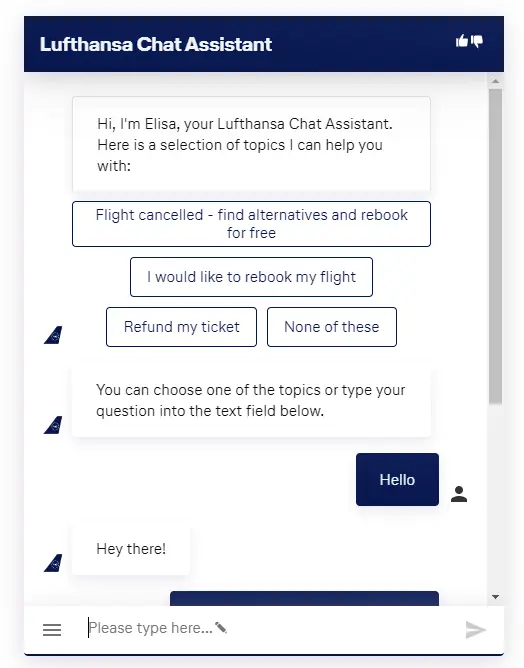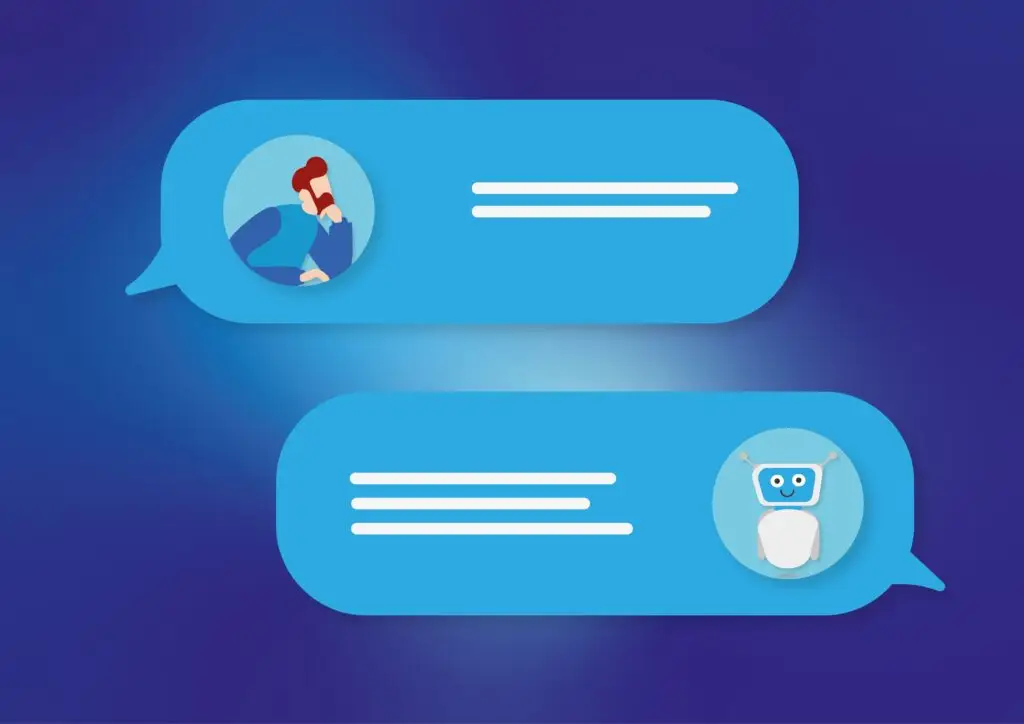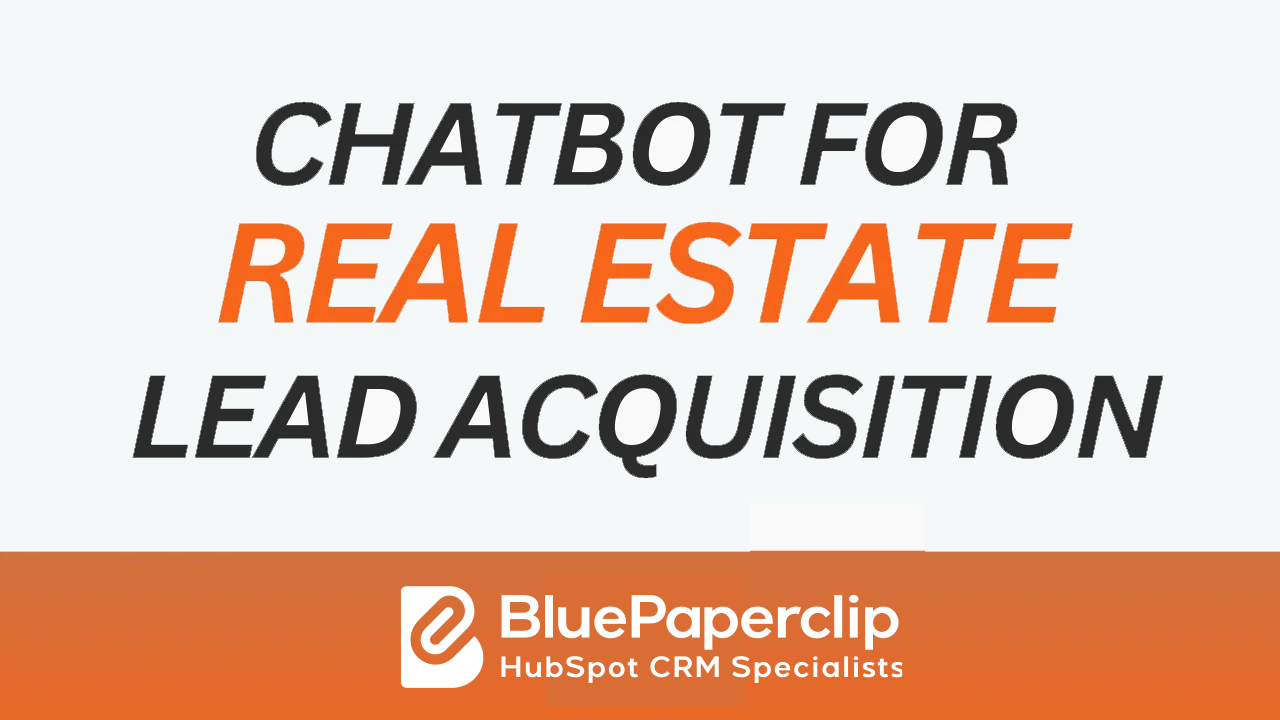Chatbots have gained monumental significance in today’s tech world, and now the competition is taking place between AI-powered chatbots and their rule-based counterparts. The battle can be resumed between a sharp-witted, improv comedian up against a puritanical classical actor who has never strayed from the script. One thrives on uncertainty, the other comes alive under stable conditions.
This showdown, AI-powered vs. rule-based chatbots, although less dramatic than gladiators in an arena, is no less fascinating. AI-powered chatbots—versatile experts in the digital domain—have this sense of learning from interactions and data we feed to them, making them the counterparts of mentors who grow wise through conversation. Their rule-based siblings, on the other hand, move through the world with a map of preprogrammed responses as reliable as a Swiss watch but sometimes just as predictable.
Not sure where to begin? What type of chatbot technology should your business invest in? Or how can you develop a chatbot and put it to the best possible use for your company? Worry not, you are in the right place. So let’s embark on a journey to uncover the world of chatbots; delve into each aspect and finally discover the real winner in the epic battle between AI-powered and rule-based chatbots.
What’s a chatbot?
A chatbot is a computer program that is used to hold a conversation with human users, either through text messages or voice commands. These digital assistants are implemented in websites, applications, and messaging platforms as a way to drive an interactive user experience, assisting in the provision of information and services while speaking directly with the user.
An ideal scenario for chatbots is to serve the questions and needs of leads as fast as possible, delivering quality service and guidance.
This feature does not build trust only with the existing customer base of a company but also helps in answering important questions that can effectively and automatically lead new prospects through. Chatbots greatly contribute to customer satisfaction and smoothness in the sales process, finally contributing to business growth and success in the online world.

Benefits of using chatbots in your company
Mostly, AI-powered chatbots or even simple, rule-based chatbots allow businesses to leverage new ways of dealing with consumers and operations. They come with a huge set of advantages in different sectors, which help in their widely growing adoptions.
Accessibility and Efficiency
Chatbots enable one to have the availability of a customer support service at any time, significantly reducing time spent on response and therefore increasing customer satisfaction. Today, when the world is on the move, immediate assistance is most probably expected.
Cost Savings
Businesses, through chatbot technology, can manage to perform routine tasks and inquiries automatically, hence optimizing the allocation of their workforce to much more complex and strategic activities. This helps them save operational costs and productivity by increasing it through business automation.
Scalability
Basically, chatbots have a huge capability of concurrent handling of interactions, which makes it easy for businesses to scale customer service efforts without corresponding scaling of support staff. Chatbots are able to score and filter leads, therefore routing only high-value leads to sales reps; low-value leads are directed to other channels, hence allowing the sales team to focus on what is likely to convert.
Personalization and Insights
Especially with chatbots driven by AI, businesses can offer personally customized experiences for customers based on interactions and collected data. Plus, they gather valuable insights into customer behavior and preferences.
For businesses that seek efficiency, cost reduction, and better customer satisfaction, incorporating chatbots has become a strategic move. Now that we’ve seen a big-picture view of the battle and what brought us here today, let’s get down into the nitty-gritty: how AI-powered chatbots differ in their mechanics from rule-based chatbots and what their pros and cons are.
What Are Rule-Based Chatbots?
Now, talking about comparing AI-powered chatbots with rule-based chatbots, one can refer to rule-based chatbots as the guidebooks of the digital realm. They work based on really simple if-then logic: a user says something that fits a rule, then the chatbot responds in a certain way. It’s kind of like playing chess but just with the moves and counter-moves—only that all the possible moves of the chatbot are predestined by the rules set by the creators.
These bots read the input of a user and, following a certain set of rules stored in their base, respond to the mention of a keyword or phrase. It’s just like searching for a question from the FAQ section: if you have a matching question, you get an answer.
Rule-based chatbots are dependable workhorses. They are consistent, relatively easy to construct and maintain, and provide clear, simple solutions to specific issues. They excel in an environment where the questions are predictable and the scope is well defined. However, these come with some kryptonite. Rule-based chatbots can really struggle when a query turns complex or unexpected. They are intelligent only up to the rules they are taught—hence inflexible against their AI peers.
Here are some of the pros and cons of ruled-based chatbots:
Pros:
Cost-Effectiveness: Building a rule-based chatbot is generally a fraction of the cost compared to developing an AI or machine-learning-based chatbot, as it requires less advanced technology and resources. That’s why it’s the most common option for small and medium size businesses.
Low Development Time: Since they are structurally quite simple, they can be developed and deployed in a relatively short period of time.
No Training Data Required: The rule-based versions do not need large datasets for training, as is the case with AI chatbots; this can be a critical benefit to businesses that operate on lower budgets.
Cons:
Limited Flexibility: Rule-based chatbots can respond only to those scenarios that have been anticipated by the company. They therefore find it hard to handle complex, unexpected queries or conversations that are totally beyond the scope of the rules.
Lack of Personalization: Rule-based chatbots are often limited by their inability to remember past interactions or personalize responses based on prior conversations. This lack of memory can create a feeling of disconnection for users, who might perceive the chatbot as impersonal or unresponsive to their unique needs.
User Experience: The interaction can thus feel less natural and engaging than that driven by AI chatbots, which, in turn, can impact user experience on the whole. No one, truth be told, would like to interact with a dumb chatbot.
In industries or for applications where the queries are predictable and have easy categorization, rule-based chatbots return high-accuracy responses. Airlines, hotels, healthcare providers, or banking institutions can make use of rule-based chatbots to fulfill basic requirements through their online customer service. Since their intelligence goes as far as the rules they are taught, they turn out less flexible compared to their AI counterparts.

AI-Powered Chatbots
An AI-Powered chatbot is an intelligent software application that uses artificial intelligence, particularly natural language processing (NLP) and machine learning (MP), to give meaning to human language in a way that is most natural and appealing to the respondent. Unlike rule-based chatbots that work through predefined pathways, AI-powered chatbots remember and learn from interactions, improve over time, and can handle all sorts of conversational nuances, which makes them considerably more fluid and dynamic.
AI-powered chatbots are a big improvement on their previous rule-based versions. They are able to understand even the intentions behind messages, giving out answers that are not clearly programmed in them. Therefore, conversing becomes much easier, and it’s more like talking to a human than a software program. Most of the time, users won’t even suspect they’re not talking to a human.
Here are some pros and cons of AI chatbots:
Pros:
Adaptability: They can operate in conversational environments and in the face of a diversity of user needs, offering answers that are context-adequate and relevant to the topic.
Efficiency: By automating responses to common queries, more time is left for human agents to attend to higher-value and complicated interactions.
Customer Satisfaction: By providing quick and accurate responses, AI chatbots increase overall customer satisfaction and engagement.
Cons:
Complexity and Expense: AI chatbots, being powered by technology and driven by expertise, are much more expensive than their rule-based alternatives, which substantially increases the complexity of the technology.
Misinterpretations: Although AI chatbots are very good in natural language processing, there is a great possibility of user intent misinterpretation or giving the wrong response in return, mostly in very technical or ambiguous situations.
Dependency on Data: The more training data quality and quantity an AI chatbot has undergone, the more effective it should be. Poorly trained chatbots can result in frustrating user experiences.
AI-driven chatbots shape and flex solutions to amplify user interaction and automation of customer service. Even if associated with numerous challenges, such as more complexity and higher costs, the benefits in terms of efficiency, scalability, and possible ways of giving an answer in a personalized and smart manner turn it more and more into a favorite solution for business stakeholders who want to upgrade digital services. Companies bring out AI chatbots that can mimic human interactions. The ultimate goal is to free up human resources for more impact-oriented tasks.

So, what’s the deal with chatbot costs?
It’s time to talk dollars and cents. We’ve already gone over the two main types of chatbots dominating the market along with their pros and cons. Now, let’s dig into how much it actually costs to use and implement one.
Well, the price tag on a chatbot can swing wildly, from absolutely nothing to a hefty $10,000 per month if you have a large team. Yes, you read that right! This variance hinges on several factors, like the company’s own pricing, the different subscription plans they offer, and how the bot integrates with other tools you use in your business.
Let’s take a look at some of the popular chatbot options and their costs:
HubSpot Chatbot Builder
HubSpot provides a free chatbot builder that you can easily integrate with your HubSpot account. With this free version, you can create and deploy chatbots on your website. However, to access advanced features of HubSpot’s AI chatbot, you’ll need a Service Hub Professional or Enterprise subscription.
This allows you to sync the AI chatbot with your knowledge base and utilize functionalities like routing conversations to specific users or teams. Although the chatbot builder itself is free for creating basic bots, these advanced features require a Service Hub subscription.
Additionally, if you want to assign conversations that the AI chatbot can’t handle to specific users or teams, only those with assigned Sales Hub or Service Hub paid seats can be included in your routing rules.
Zendesk
It’s one of the top support suites out there. According to G2: “Zendesk is an AI-powered service solution that’s easy to set up, use, and scale. It works right out of the box and is flexible when changes are needed, helping businesses stay agile.”
Zendesk has various plans, ranging from $69 to $149 per month for just one agent. Paying for a full year upfront can make it cheaper monthly. If your company is bigger and you’re looking to invest, they can tailor a plan for you at a discretionary price.
Intercom
G2 states that “Intercom is the only complete AI Customer Service solution that offers a seamless customer experience across automation and human support, which increases customer satisfaction while reducing costs.”
Prices start at $39 per agent per month and go up to $139 in their most comprehensive plan.
ManyChat
“ManyChat is the #1 omnichannel platform for direct-to-consumer brands, retail stores, non-profits, restaurants, and real estate companies globally. ManyChat facilitates over a billion conversations annually and is used in over 190 countries.”
It offers chatbot setups for sales channels like Instagram Direct Messages, Facebook Messenger, and WhatsApp, plus SMS Text Messaging and Email in its more expensive plans. They have a free limited version, a Pro version starting at $15 per month which increases with the number of contacts, and a Premium version for which you can negotiate pricing with their sales team.
High offer and value
As you can see, there are numerous chatbot systems available, and many are moving toward AI-powered solutions to remain competitive. Although many companies provide free versions for startups, these are often quite basic and may not significantly enhance your customer engagement.
It’s important to choose your chatbot carefully. A poorly functioning and implemented chatbot can negatively impact your customer relationships and potentially lead to significant financial losses. Making sure your chatbot works well and meets your needs is crucial for maintaining positive customer interactions.
Which one is best for your business?
In this battle of AI-powered vs rule-based chatbots, AI-driven systems clearly have the upper hand with their advanced way of engaging customers and prospects. Yet, don’t count out the rule-based chatbot just yet. If your business has a unique setup, this simpler, straightforward choice might be exactly what you need, delivering the essentials without the higher price tag of its AI-powered sibling.
When selecting a chatbot for your business, consider the following factors:
- Nature of Customer Inquiries: If your business frequently encounters complex customer queries requiring personalized responses, AI-powered chatbots might be the better choice.
- Budget and Resources: Assess your budget and technical capabilities. Rule-based chatbots offer a more cost-effective and less resource-intensive solution.
- Customer Experience Goals: Decide if your priority is to provide quick, accurate information or to offer a more engaging, conversational experience.
Need a helping hand with a chatbot implementation and integration?
Choosing a chatbot it’s not like ordering from a restaurant menu, selecting a great chatbot for your business can be a crucial step that would radically change how you communicate with your leads and customers, simplify operations; and increase growth.
But here’s the thing—the real adventure begins not just when you pick a type, but when you start weaving these tech wonders into the fabric of your business goals and workflows.
Feeling a bit daunted by the task? No worries, we’ve got your back! If you’re looking for assistance on implementing a chatbot… Book a call!





